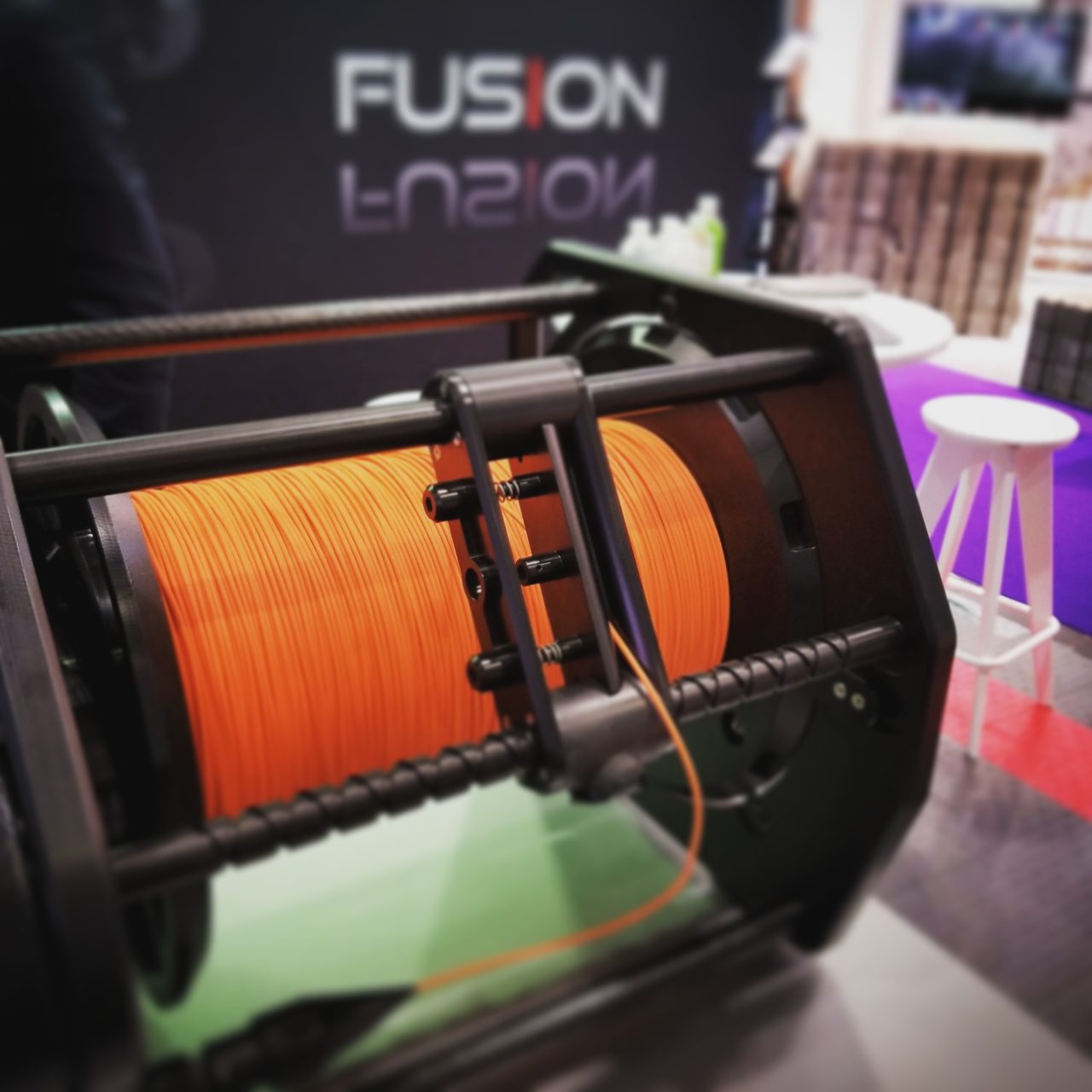Remotely Operated Vehicles (ROVs) have revolutionized underwater exploration, enabling researchers, scientists, and various industries to investigate the depths of the ocean with precision and safety. A critical aspect of ROV design and operation is propulsion efficiency, as it directly impacts the vehicle’s performance, mission endurance, and overall utility in the challenging underwater environment. In this article, we’ll delve into the importance of ROV propulsion efficiency, the factors that influence it, and the strategies used to optimize it.
The Significance of ROV Propulsion Efficiency
Efficiency in ROV propulsion is crucial for several reasons:
Extended Mission Duration: ROVs are often used in environments where access is challenging, and missions may require hours or even days to complete. Efficient propulsion systems help extend mission duration, allowing for more comprehensive data collection and exploration.
Reduced Energy Consumption: Inefficient propulsion systems consume more power, leading to shorter mission durations, increased operational costs, and a larger carbon footprint. Efficiency is vital for sustainable and cost-effective underwater exploration.
Precise Control: Efficient propulsion allows ROVs to maintain precise control and stability, which is essential when capturing high-resolution images, collecting samples, or conducting delicate tasks like archaeological excavations.
Factors Influencing ROV Propulsion Efficiency
Several factors influence the efficiency of ROV propulsion:
Propulsion System Design: The design of the propulsion system, including the type and configuration of thrusters, has a significant impact on efficiency. Thrusters must be carefully selected to match the ROV’s intended use and environmental conditions.
Hydrodynamics: The vehicle’s shape and streamlined design can reduce hydrodynamic drag, allowing it to move through the water more efficiently. ROV manufacturers strive to optimize hull designs to minimize resistance.
Energy Source: The type of energy source used, such as batteries or hydraulic systems, affects propulsion efficiency. Batteries are commonly used and their capacity and management systems play a key role in the vehicle’s endurance.
Control Systems: The ROV’s control systems, including the software used for navigation and thruster control, have a direct impact on how efficiently the vehicle moves and operates in the underwater environment.
Payload and Equipment: The weight and type of payload, sensors, and equipment onboard the ROV can influence its overall efficiency. Heavier payloads may require more power and different propulsion strategies.
Optimizing ROV Propulsion Efficiency
To enhance ROV propulsion efficiency, various strategies and technologies are employed:
Hybrid Propulsion: Some ROVs utilize a combination of electric and hydraulic propulsion systems to optimize efficiency. Electric systems are often more efficient for cruising, while hydraulic systems provide high thrust when needed.
Propulsion System Redundancy: ROVs often incorporate redundancy in their propulsion systems. If one thruster fails, others can compensate, allowing the vehicle to continue its mission with minimal disruption.
Advanced Materials: The use of lightweight and corrosion-resistant materials can reduce the weight of the ROV, decreasing the power needed for propulsion and improving efficiency.
Streamlined Design: ROV fiber optic tether manufacturers work to create hydrodynamic shapes and streamlined designs that minimize resistance, making the vehicle more energy-efficient.
Energy Management Systems: Effective energy management systems are employed to monitor and optimize power distribution, ensuring that the propulsion system operates efficiently.
Propulsion Control Algorithms: Advanced control algorithms are used to regulate thrust and optimize the ROV’s movement, taking into account environmental factors such as currents and turbulence.
Research and Development: Ongoing research and development efforts focus on improving battery technology and propulsion systems to enhance ROV efficiency.
ROV propulsion efficiency is a critical consideration in the design and operation of remotely operated vehicles. Efficient propulsion systems extend mission duration, reduce energy consumption, and ensure precise control. Factors like propulsion system design, hydrodynamics, energy source, control systems, and payload impact efficiency. ROV manufacturers and operators continually work to optimize efficiency through strategies such as hybrid propulsion, advanced materials, streamlined design, energy management, and control algorithms. As technology advances, the capabilities of ROVs for underwater exploration will continue to grow, thanks in part to improved propulsion efficiency, enabling us to explore the depths of the oceans with greater precision and sustainability.
Contact Linden Photonics to get a quote or Call Us at (978) 392-7985

